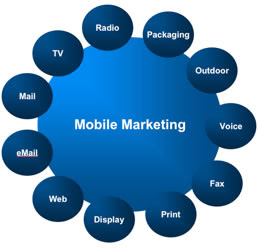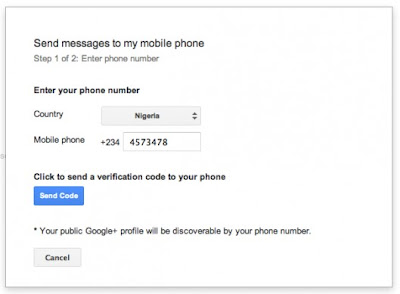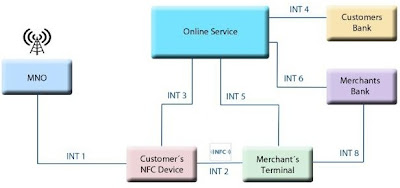MHITS - Mobile Handset Initiated TransactionS
mHITs (Mobile Handset Initiated TransactionS) is an Australia micropayment service which allows users to send and receive money via SMS. The company offers a person-to-person payment system that uses a mobile phone as the transaction device rather than an automatic teller or EFTPOS terminal. Users send and receive money via SMS text message and can make payments instantly between any Australian mobile phone. Users can also make purchases from on-line merchants, pay parking fees and taxi fares. mHITs also offers a Point Of Sale (POS) terminal which allows the service to be used at retail points of sale, such as ordering a coffee or purchasing a magazine. As the SMS authorising payment can also include a message, users have discovered that the service can be utilised to pre-order products, such that they are ready for pickup upon arrival at the store. mHITs utilises a prepaid model (identical in principle to pre-paid phone credit) to ensure that the customer has funds ready to ...








